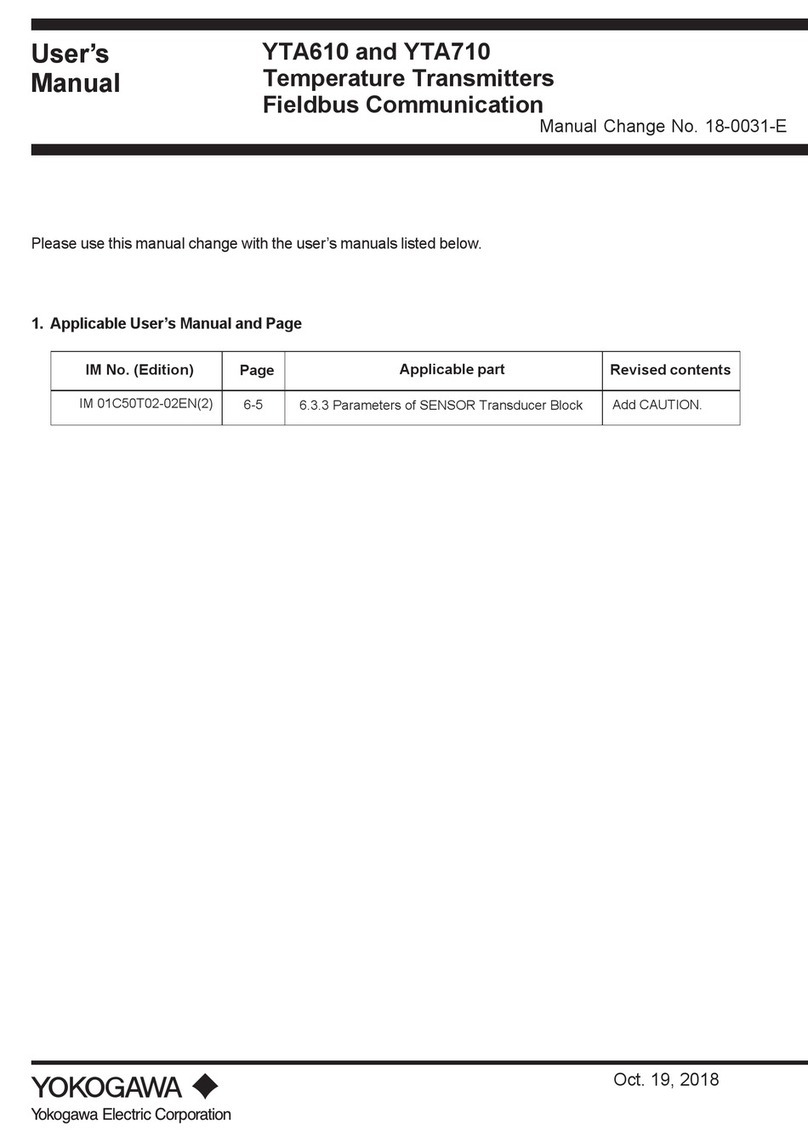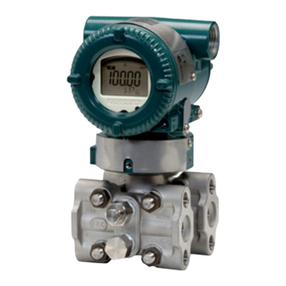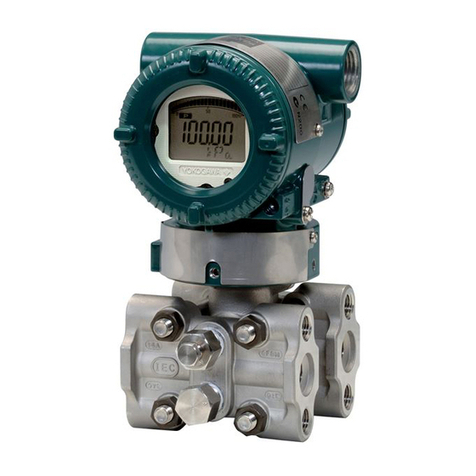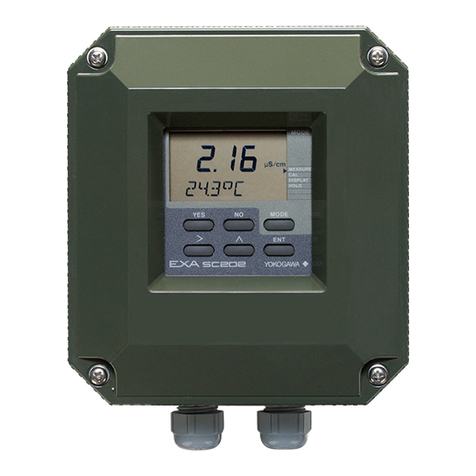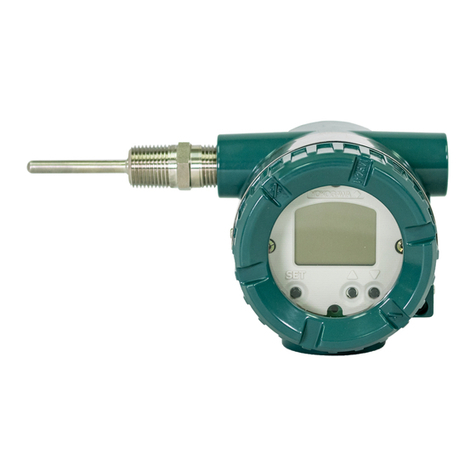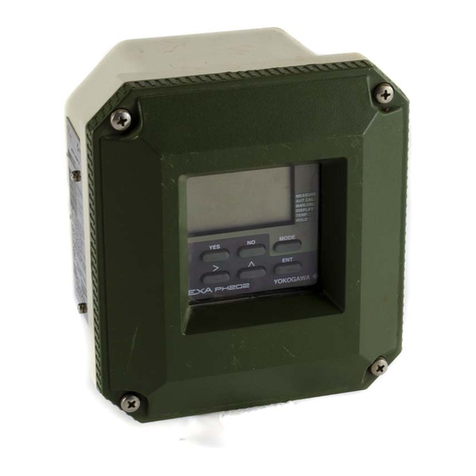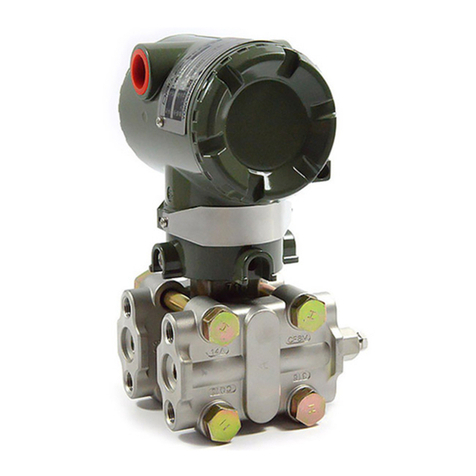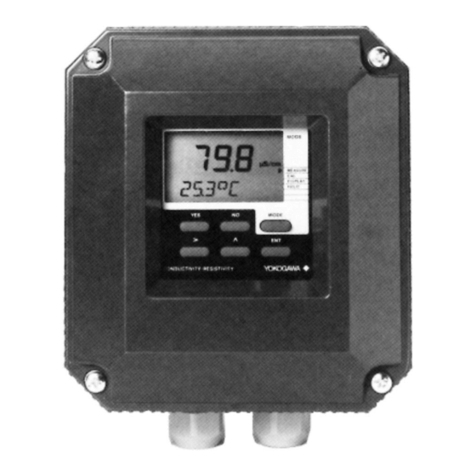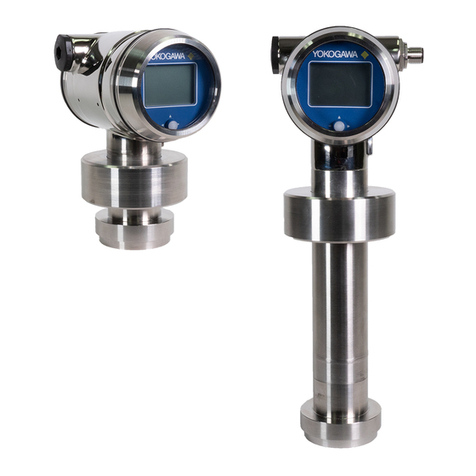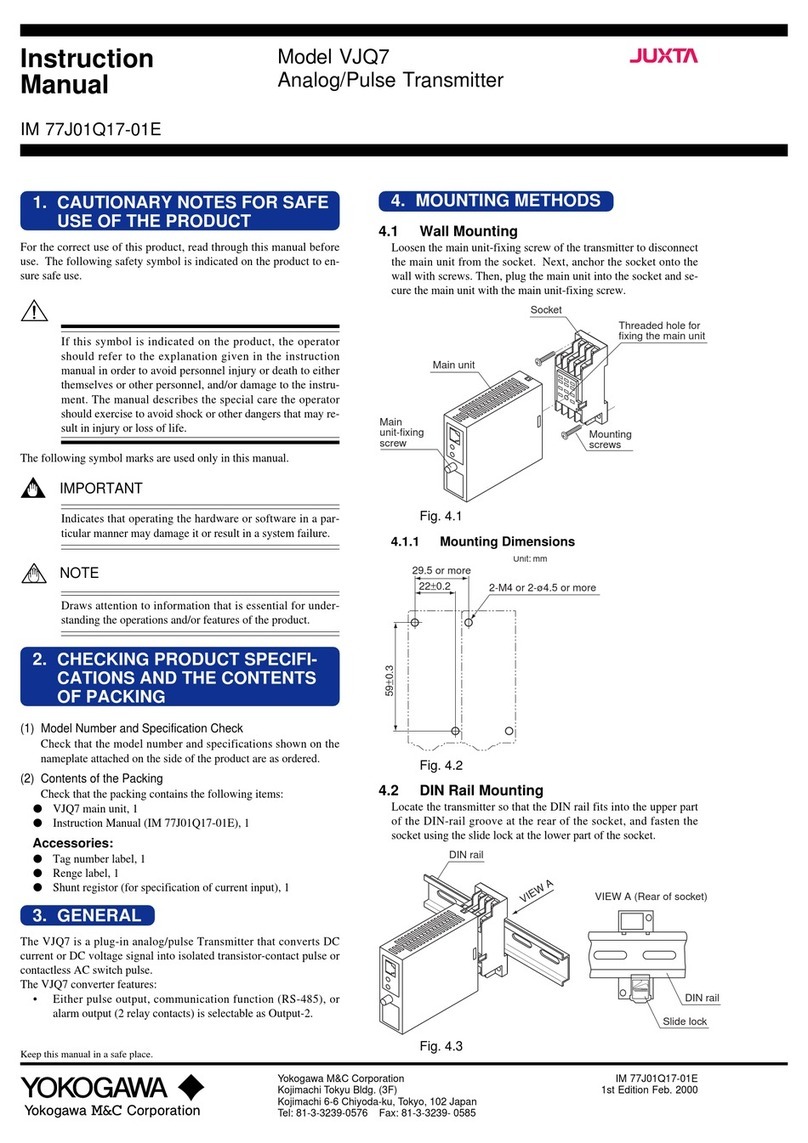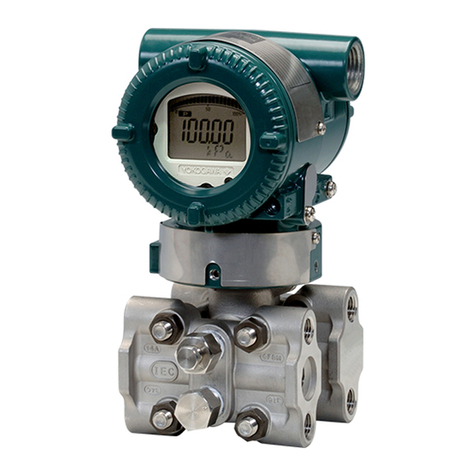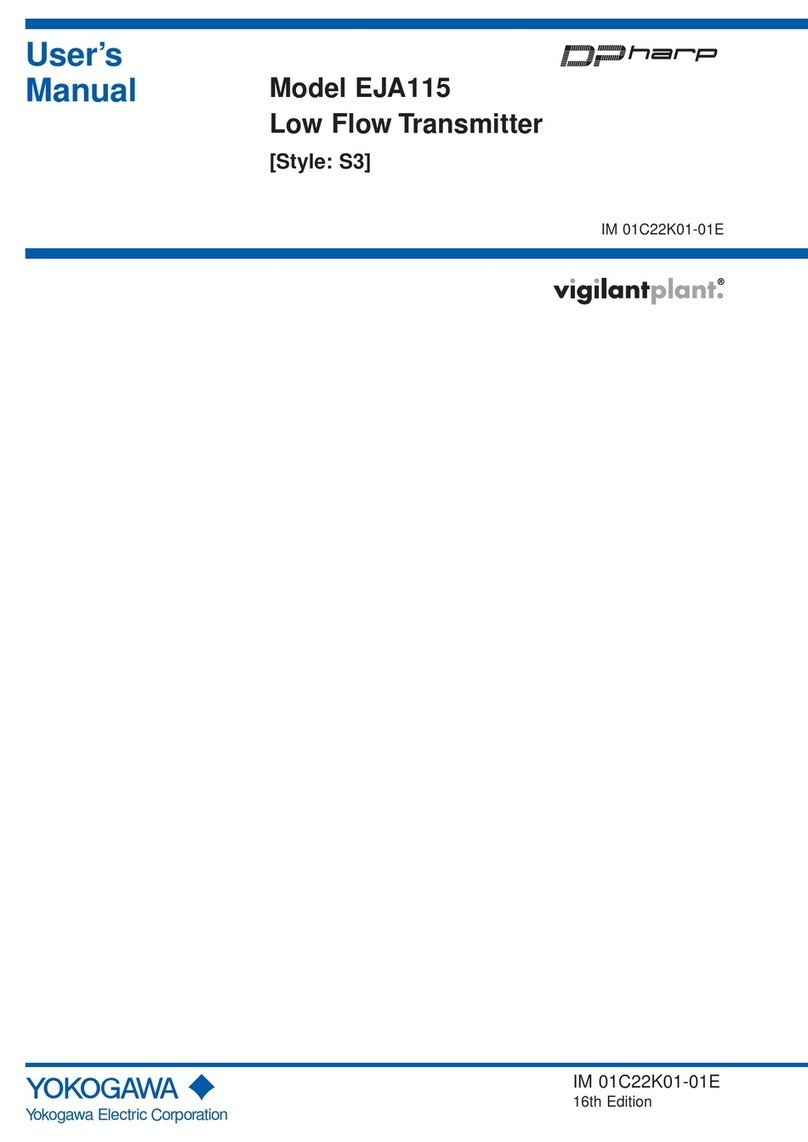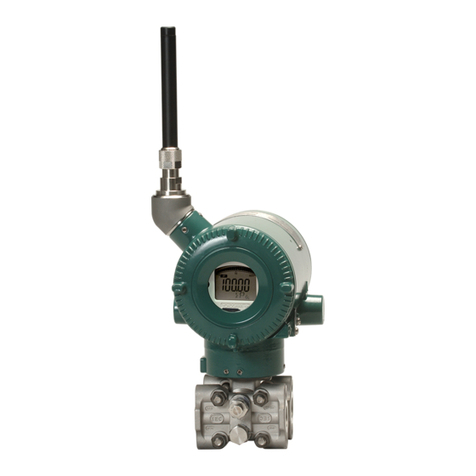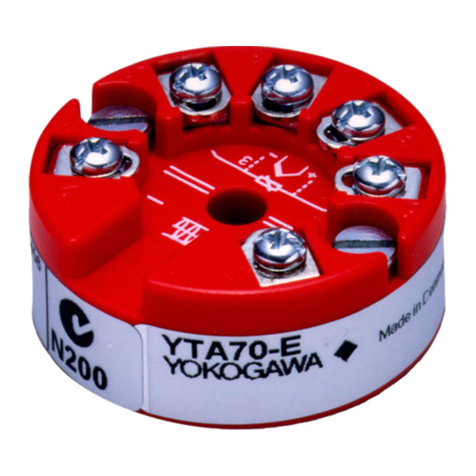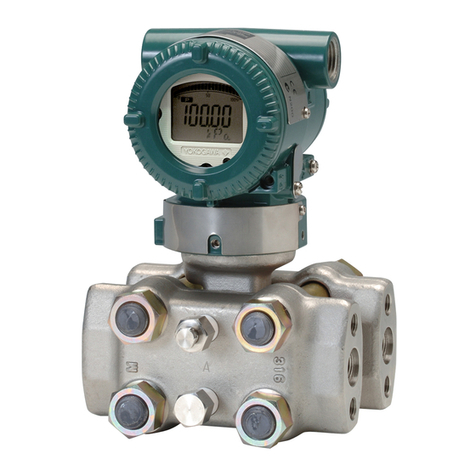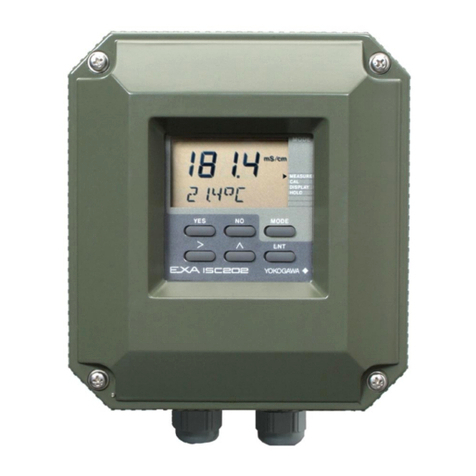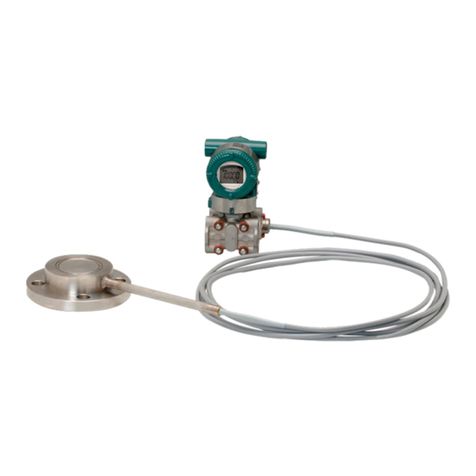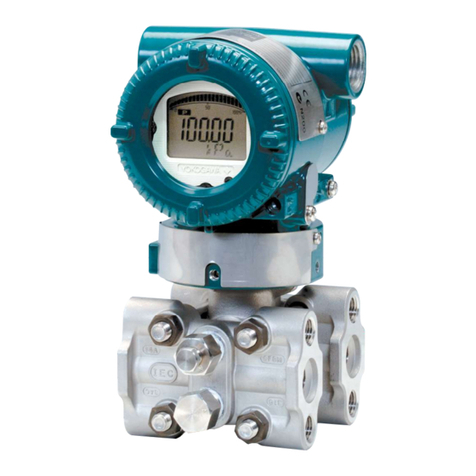
<1. Introduction>1-4
IM 01C25W05-01EN
(d) Maintenance
• Please carry out only the maintenance
procedures described in this manual. If you
require further assistance, please contact the
nearestYokogawaoce.
• Care should be taken to prevent the build up of
dust or other materials on the display glass and
the name plate. To clean these surfaces, use a
soft, dry cloth.
(e) Explosion Protected Type Instrument
• Usersofexplosionproofinstrumentsshould
referrsttothesectionof“Installationofan
ExplosionProtectedInstrument”of
IM 01C25A01-01E or IM 01C25F01-01E.
• The use of this instrument is restricted to those
who have received appropriate training in the
device.
• Take care not to create sparks when accessing
the instrument or peripheral devices in a
hazardous location.
(f) Modication
• Yokogawa will not be liable for malfunctions or
damageresultingfromanymodicationmade
to this instrument by the customer.
(g) Product Disposal
• The instrument should be disposed of in
accordancewithlocalandnationallegislation/
regulations.
(h) Authorized Representative in EEA
• In relation to the CE Marking, The
authorised representative for this product
in the EEA (European Economic Area) is:
Yokogawa Europe B.V. Euroweg 2, 3825 HD
Amersfoort,The Netherlands
1.2 Warranty
• The warranty shall cover the period noted on
the quotation presented to the purchaser at the
time of purchase. Problems occurring during
the warranty period shall basically be repaired
free of charge.
• If any problems are experienced with this
instrument, the customer should contact the
Yokogawa representative from which this
instrument was purchased or the nearest
Yokogawaoce.
• If a problem arises with this instrument,
please inform us of the nature of the problem
and the circumstances under which it
developed,includingthemodelspecication
and serial number. Any diagrams, data and
other information you can include in your
communication will also be helpful.
• Thepartyresponsibleforthecostofxingthe
problem shall be determined by Yokogawa
following an investigation conducted by
Yokogawa.
• The purchaser shall bear the responsibility for
repair costs, even during the warranty period, if
the malfunction is due to:
- Improperand/orinadequatemaintenanceby
the purchaser.
- Malfunction or damage due to a failure
to handle, use, or store the instrument in
accordancewiththedesignspecications.
- Useoftheproductinquestioninalocation
notconformingtothestandardsspeciedby
Yokogawa, or due to improper maintenance
of the installation location.
- Failureordamageduetomodicationor
repair by any party except Yokogawa or an
approved representative of Yokogawa.
- Malfunction or damage from improper
relocation of the product in question after
delivery.
- Reasonofforcemajeuresuchasres,
earthquakes,storms/oods,thunder/
lightening, or other natural disasters, or
disturbances, riots, warfare, or radioactive
contamination.

